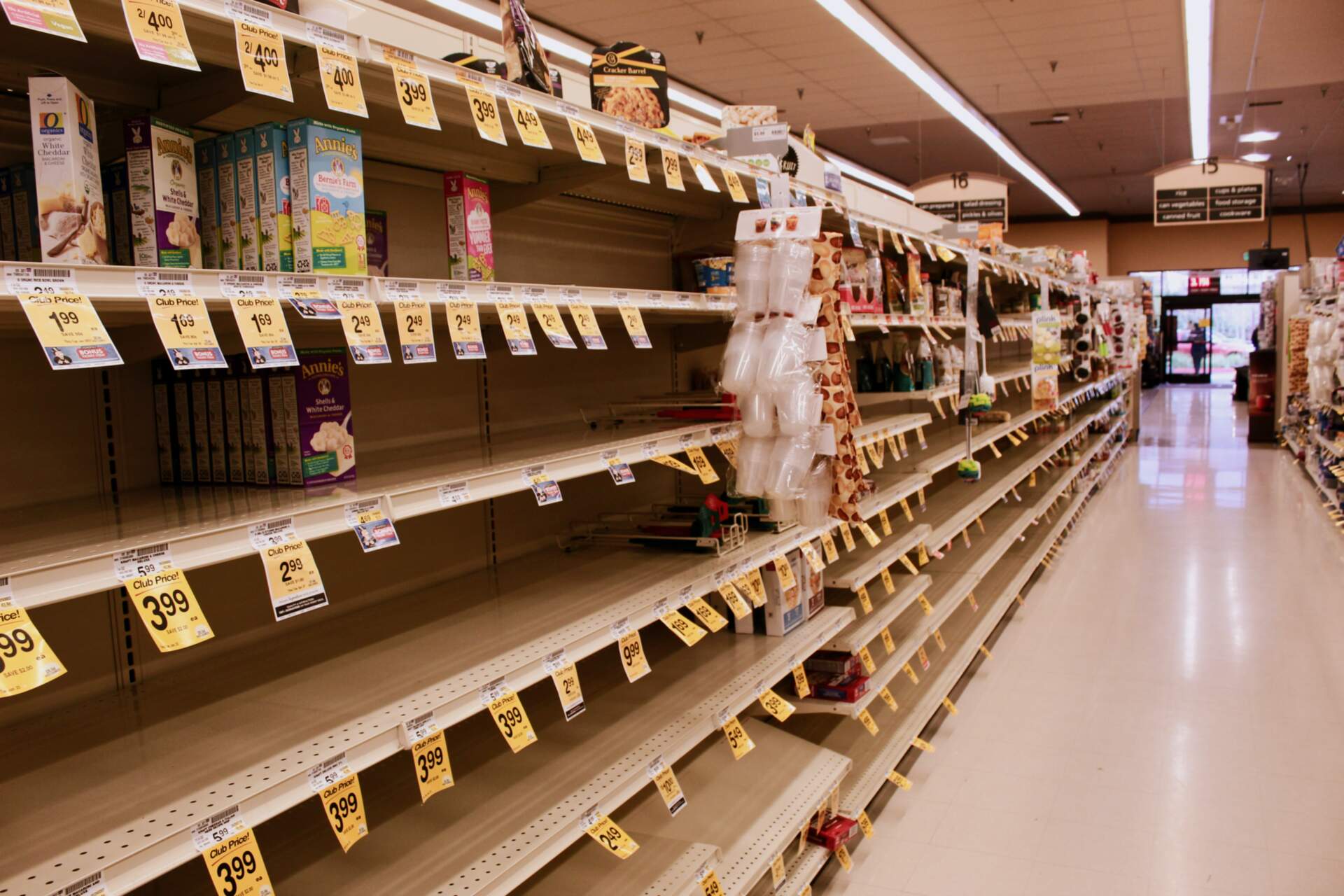
The trend of strong growth for imports and exports slowed in April, according to new data from Statistics Canada.1
Imports rose 1.9%, while exports climbed 0.6%. In both cases real (or volume) terms dipped, with the modest rises in total value being attributable to higher prices. Canada’s merchandise trade surplus with the world was $1.5 billion, after having been $2.3 billion in March.
Import Growth Modest
The 1.9% increase in imports for April followed 7.8% growth in March and 5.1% growth in February. Total import values totalled $62.8 billion.
Consumer good imports were up 5.5%, with a 24.2% increase being seen in the subcategory of clothing, footwear and accessories. Instability has been the norm in this category, with production issues, transportation difficulties, and new inventory management strategies being contributing factors.
Imports of metallic and non-metallic mineral products were up 10.5% in April, reaching a record high $5.8 billion. Imports of unwrought gold, silver, and platinum group metals climbed 29.8%, while basic and semi-finished iron and steel products also rose. (+9.2%)
Imports of energy products were up 5% in April, owing to higher prices. Refined petroleum products imports were up 52.6%, while natural gas rose 57%. Partially offsetting this was a 20.9% drop in the import of crude oil.
Export Gains Slow
Total exports rose for a fourth straight month in April, albeit at a modest 0.6%, with a total value of $64.3 billion. So far in 2022 the value of exports has risen 12.8%, but have fallen 4.9% in that same time period when adjusted for real (or volume) terms.
Just as was the case on the import side of the ledger, consumer goods saw the largest growth in exports (+5%). Significantly, there was a 52.4% rise in the export of prepared and packaged seafood products. Crab prices were up, as were total export volumes.
Motor vehicles and parts saw their highest level of exports since October of 2020, up 3.9% to a value of $7.1 billion. Exports of passenger cars and light trucks were up 5.3% in April after having risen 8.5% in March.
Energy exports retracted slightly in April, falling 0.9% after record highs in the preceding three months. Planned maintenance shutdowns in Alberta’s oil sands slowed crude production, contributing significantly to the dip. Offsetting this was higher prices for natural gas and higher volume totals for coal exports.
Aircraft and other transportation equipment and parts dipped 16.9% in April, with the subcategory of aircrafts dropping a whopping 63.8%.
Trade Surplus with US Narrows, Imports from China Decline
Canada’s trade surplus with the US narrowed to $11.6 billion in April, after reaching a record high of $12.2 billion in March. Imports from our southern neighbour were up 4.4%, while exports rose 2.1%.
After large increases in February and March, imports from countries other than the US dropped 1.9% in April. Meanwhile, exports to countries other than the US fell 4.7%.
A leading factor in the slowdown of imports was a 15.3% drop in imports from China, which coincided with lockdowns in Shanghai. Imports from China are still up 36.4% compared with January.
Canada’s merchandise trade deficit with countries other than the US widened from $9.9 billion in March to $10.1 billion in April.
Factors Behind Supply Chain Unpredictability
Supply chain unpredictability continues to be a problem, motivating many Canadian Alliance customers to favour a ‘just in case’ approach toward inventory. Company President William McKinnon believes that three main factors are contributing to the situation.
“The overall availability and capacity of space on the Trans Pacific is still not as fluid and as robust as it was previously,” says McKinnon. “It also appears that a lot of our customers are having sourcing problems at origin. The third component is the overarching labour problem, which seems to be everywhere. This affects transportation globally as well as domestically.”2
Port of Vancouver Receives Low Ranking
A recent report by the World Bank and S&P Global ranked the Port of Vancouver near the bottom of its list of world ports. McKinnon believes that there is an image problem regarding Canadian ports.
“I think there’s a global perception about instability of labour at Canadian ports, given past strikes,” he concedes, while maintaining that singling out Vancouver is misguided.
“LA is no shining example either,” McKinnon says. “In the case of Los Angeles you had to have the President of the United States step in to try to get things mitigated. I don’t think that our ports in Canada are worse or better than any other North American port.”
Impact of Inflation on Trade
Asked whether inflation was likely to have an ongoing impact on Canadian trade, McKinnon was measured in his response.
“I think that as prices increase there will be some rationalization as to what people want to buy,” says the CA President, “but the reality is that people in the Western World are relatively affluent and will make choices about what they want to get. Perhaps the construction industry will slow down a little bit because people will say the cost of renovation is too high.”
Supply Chain Strategy for 2022
If McKinnon were to give one piece of advice regarding supply chain strategy, it would be for companies to reach out to their customers and get forecasts.
“Don’t rely on past history to be a predictor of the future,” advises McKinnon. “Typically in our business we operate at a very micro basis, very focussed on the minute to minute, day to day.” McKinnon believes that a macro perspective is preferable at the current time. “Look at things with a longer-term perspective,” he instructs. “If your customers tell you that sales are going to be X in November, then plan for November now.”
Cited Sources
1 Government of Canada, Statistics Canada. “Canadian International Merchandise Trade, April 2022.” The Daily – , June 7, 2022. https://www150.statcan.gc.ca/n1/daily-quotidien/220607/dq220607a-eng.htm.
2 Direct Communication with CA President William McKinnon
